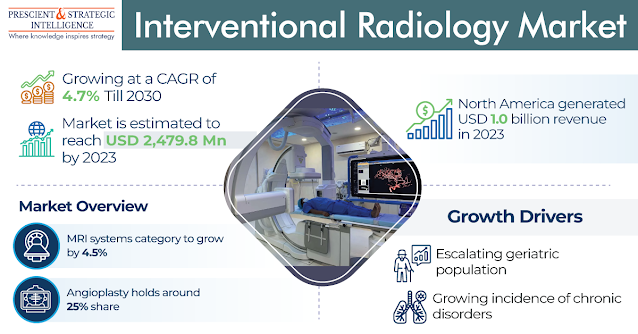In 2023, the pharmaceutical gelatin market amounted to USD 1,166.7 million and is set to grow at a compound annual growth rate of 5.6% between 2024 and 2030 reaching an estimated amount of USD 1,703.4 million by 2030.
This growth of the industry can be credited to the growing requirement for pharmaceutical-grade gelatin in the manufacturing of vaccines, tablets, and capsules, among others. Moreover, the increasing load of chronic illnesses, the rising elderly population, and the growing improvements of gelatin nanoparticles for vaccines and medications are other reasons boosting the demand.
The acceptance of gelatin by pharmaceutical & nutraceutical makers is growing, because of its multiple functional advantages, like adhesion, binding, gelling, coating, and film-building. Furthermore, gelatin coatings on tablets, soft capsules, and hard capsules make them easier to swallow and cover up their smell for simple ingestion.
In 2023, the hard capsules category generated the largest revenue share, at 40%. This can be credited to the surge in the requirement for hard capsules worldwide, credited to the advantages of hard gelatin capsules for rapid medication release and reliable mixing of medications and others. Also, the gelatin utilized in hard capsules protects sensitive ingredients from light, oxygen, contamination, and microbial growth.
There are several factors contributing to an increased use of type B gelatine, including the reduced cost of production which is a consequence of ease of availability of material; widespread use of Type B in different pharmaceutical applications and higher preference for bovine bone and skin compared with other animal sources as well as cultural suitability.
In 2023, the North American region dominated with the largest revenue share, of approximately 50%, in the pharmaceutical gelatin market, and the region is also projected to maintain its leading position during the forecast period as well. This is credited to the existence of advanced healthcare infrastructure, abundant obtainability of raw materials such as porcine and bovine, and robust foothold of market players, in the continent.










